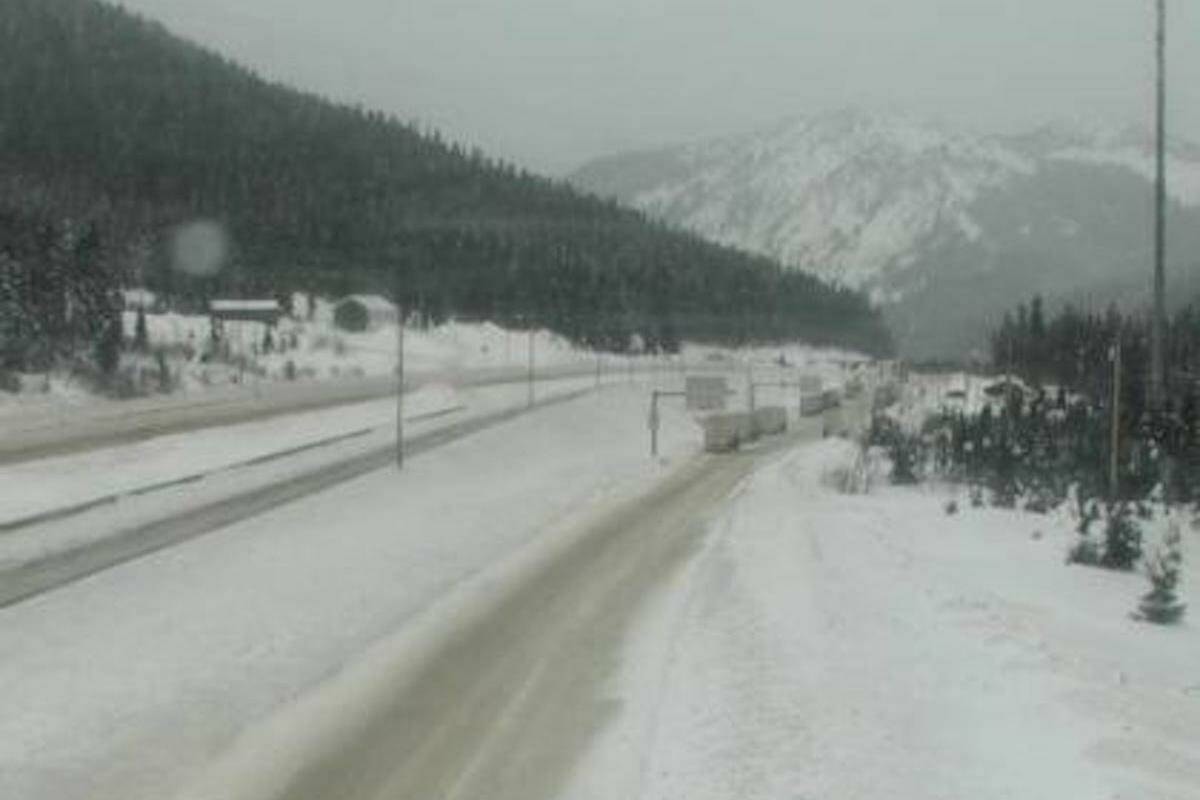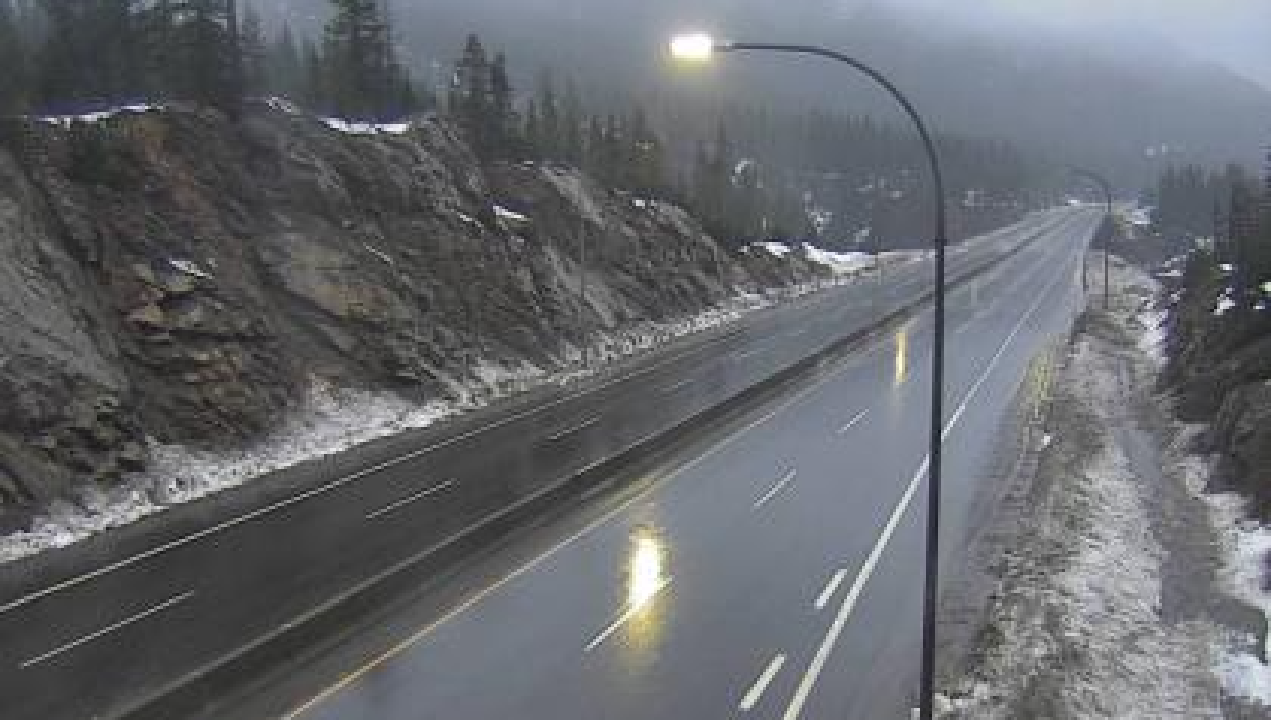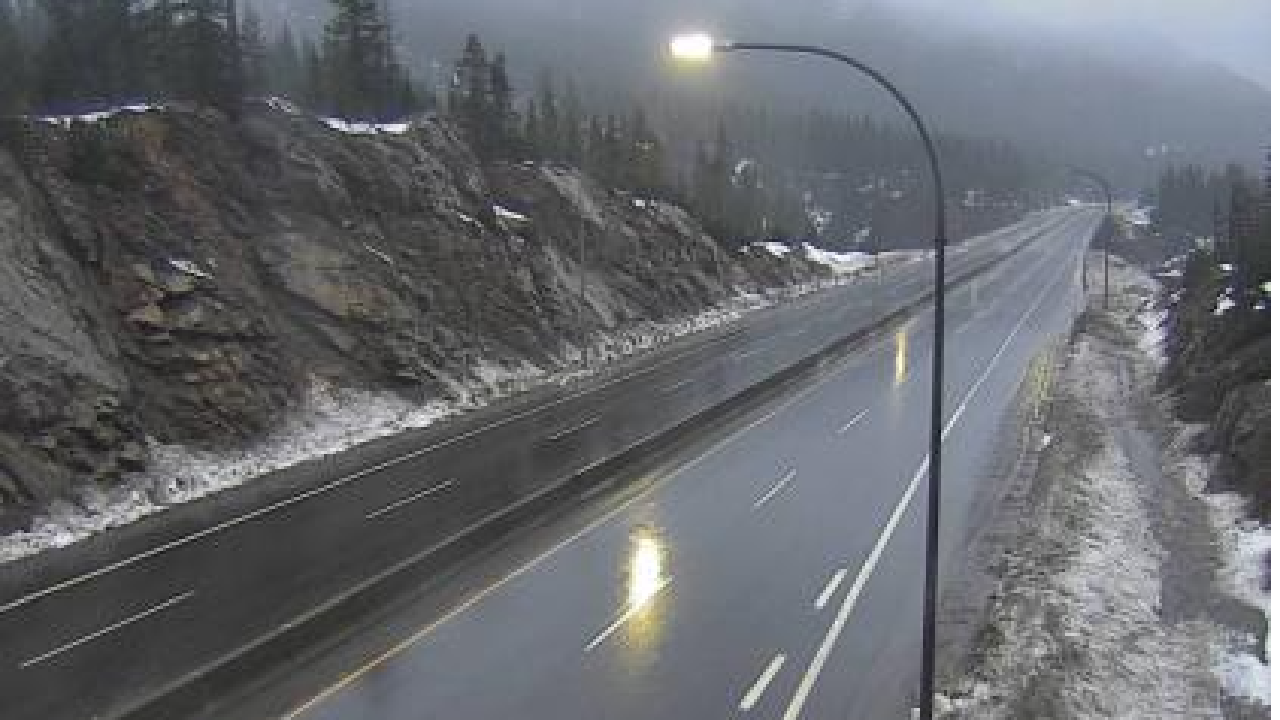Coquihalla weather camera imagery provides crucial real-time insights into conditions along this vital British Columbia highway. Understanding these visuals is key to safe travel, as the Coquihalla is known for its challenging terrain and unpredictable weather patterns. This exploration delves into the importance of these cameras, their limitations, and how they contribute to overall highway safety.
From seasonal temperature variations and precipitation types to the specific hazards drivers face, the Coquihalla presents unique challenges. The placement and effectiveness of existing weather cameras, along with suggestions for improvements, will be examined. Furthermore, we will compare the value of camera data with other sources of information like weather forecasts and road reports to paint a complete picture of highway conditions.
Coquihalla Highway Weather Camera System: An Overview: Coquihalla Weather Camera
The Coquihalla Highway, a vital transportation artery in British Columbia, presents unique challenges due to its mountainous terrain and unpredictable weather. This article examines the existing Coquihalla weather camera network, its limitations, and potential improvements, alongside other information sources that contribute to safe travel on this crucial highway.
Coquihalla Highway Overview, Coquihalla weather camera
The Coquihalla Highway (Highway 5) traverses the rugged Cascade Mountains of British Columbia, connecting the Lower Mainland to the Interior. Its elevation varies significantly, leading to diverse and often extreme weather conditions. The highway’s importance to British Columbia’s economy is undeniable, serving as a major transportation route for goods and people. Its location makes it particularly susceptible to heavy snowfall, freezing rain, high winds, and low visibility, impacting traffic flow and safety throughout the year.
Monitoring the Coquihalla Highway’s weather conditions is crucial for safe travel, often relying on strategically placed weather cameras. The importance of reliable surveillance technology is highlighted by recent events, such as the drone crashes in New Jersey , which underscore the need for robust systems. Understanding the potential for technological failures, even in seemingly unrelated areas, emphasizes the continued need for redundancy and reliable monitoring systems like the Coquihalla weather cameras.
| Season | Temperature Range (°C) | Precipitation Type | Potential Hazards |
|---|---|---|---|
| Spring | 0-15 | Rain, snowmelt, occasional snow | Flooding, mudslides, icy patches, reduced visibility |
| Summer | 10-25 | Rain showers, occasional thunderstorms | Flash floods, rockfalls, wildfires (in dry summers) |
| Autumn | 0-10 | Rain, early snowfall | Icy conditions, fog, reduced visibility |
| Winter | -15-5 | Heavy snowfall, freezing rain, ice pellets | Blizzard conditions, black ice, road closures, avalanches |
Weather Camera Locations and Coverage

Currently, a network of weather cameras is strategically positioned along the Coquihalla Highway, offering real-time visual information. However, the exact number and precise locations are not publicly available. While the cameras provide valuable snapshots of conditions at specific points, significant gaps in coverage remain. Resolution can also be a limiting factor, sometimes hindering the accurate assessment of road conditions.
An improved camera network should incorporate higher-resolution cameras strategically placed at key elevation changes and along stretches historically prone to severe weather. Additional cameras in blind spots, particularly at the bottom of steep inclines and curves, are also crucial. This enhanced network should aim for near-continuous coverage to provide a comprehensive picture of conditions along the entire highway.
Impact of Weather on Highway Safety
Severe weather events pose significant risks to drivers on the Coquihalla. Heavy snowfall, freezing rain, and high winds frequently lead to accidents, road closures, and vehicle entrapments. For example, the 2021 atmospheric river event caused widespread flooding and landslides, resulting in significant damage and extended closures.
Monitoring the Coquihalla Highway’s weather conditions is crucial for safe travel, and real-time camera feeds are invaluable. For broader, higher-resolution perspectives, however, one might consider utilizing advanced aerial technology such as the black falcon 4k drone canada , which could provide comprehensive views of the highway and surrounding areas. This detailed imagery would supplement existing camera data, ultimately improving weather forecasting and travel safety along the Coquihalla.
Currently, measures such as weather warnings, road maintenance, and emergency response teams mitigate these risks. However, further improvements are needed. The DriveBC website provides real-time updates, but integrating this with camera feeds would enhance the overall effectiveness.
- Improve winter tire regulations and enforcement.
- Increase the frequency of road maintenance, especially snow clearing and de-icing.
- Implement advanced warning systems for hazardous weather conditions.
- Provide regular driver education on safe driving practices in adverse weather conditions.
Alternative Information Sources

While weather cameras provide visual data, other sources offer valuable complementary information. Weather forecasts from Environment Canada provide predictions of upcoming weather patterns, while DriveBC road reports offer real-time updates on road conditions, including closures and delays. Integrating these different sources creates a more complete and reliable picture of Coquihalla Highway conditions.
| Information Source | Reliability | Accessibility |
|---|---|---|
| Weather Cameras | High for current conditions at specific locations; limited coverage | Generally good, though access may be restricted during severe weather |
| Environment Canada Forecasts | Moderate to high, depending on forecast accuracy and lead time | Excellent, readily available online and through various media |
| DriveBC Road Reports | High for current road conditions and closures | Excellent, readily available online and through mobile apps |
Visual Representation of Weather Data
Coquihalla weather camera images typically show visibility, road surface conditions (e.g., snow accumulation, ice), and overall environmental conditions. Heavy snowfall appears as reduced visibility and significant snow accumulation on the road surface. Freezing rain can be identified by a glossy or icy sheen on the road and surrounding surfaces. Fog manifests as a significant reduction in visibility, obscuring the road and surroundings.
Scenario 1: Heavy snowfall obscures the road markings, visibility is reduced to less than 100 meters, and significant snow accumulation is evident on the road shoulders and median. This indicates dangerous driving conditions and potential road closures.
Scenario 2: Freezing rain creates a glassy sheen on the road surface, and visibility is good. This indicates black ice, posing a high risk of accidents despite good visibility.
Scenario 3: Dense fog significantly reduces visibility to less than 50 meters. Road markings are barely visible, creating hazardous conditions even at low speeds.
In conclusion, the Coquihalla weather camera system, while valuable, necessitates ongoing improvement to ensure comprehensive coverage and enhanced driver safety. By integrating camera data with other information sources and implementing proactive safety measures, British Columbia can significantly mitigate weather-related risks on this critical transportation artery. Continued investment in technology and driver education remains crucial for maintaining safe travel conditions along the Coquihalla Highway.
FAQ Section
What is the resolution of the current Coquihalla weather cameras?
The resolution varies depending on the camera location and age of the equipment. Some offer high-definition, while others provide lower resolution images.
How often are the Coquihalla weather camera images updated?
Update frequency is typically every few minutes, though this can be affected by technical issues or bandwidth limitations.
Are there plans to expand the Coquihalla weather camera network?
Information regarding future expansion plans should be sought from the relevant transportation authority in British Columbia.
What are the legal implications of using the Coquihalla weather camera images?
The legal usage of the images may vary; it’s recommended to check the terms of use provided by the agency responsible for maintaining the cameras.
